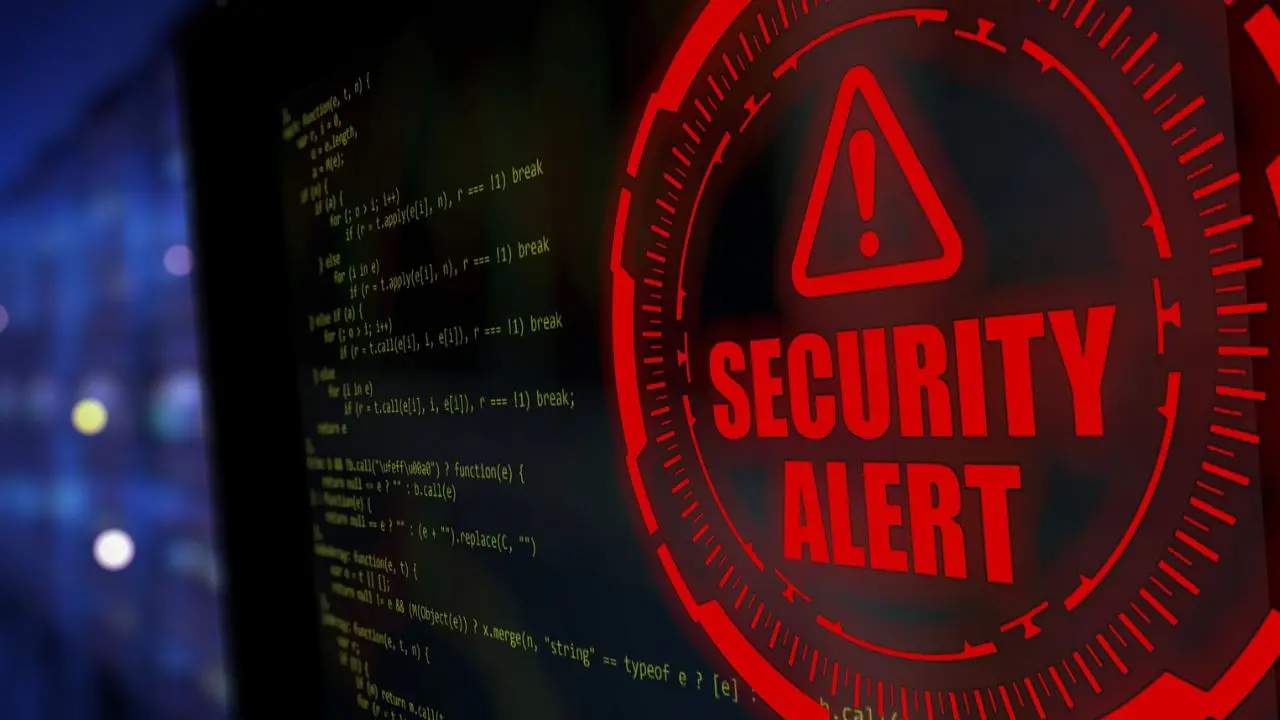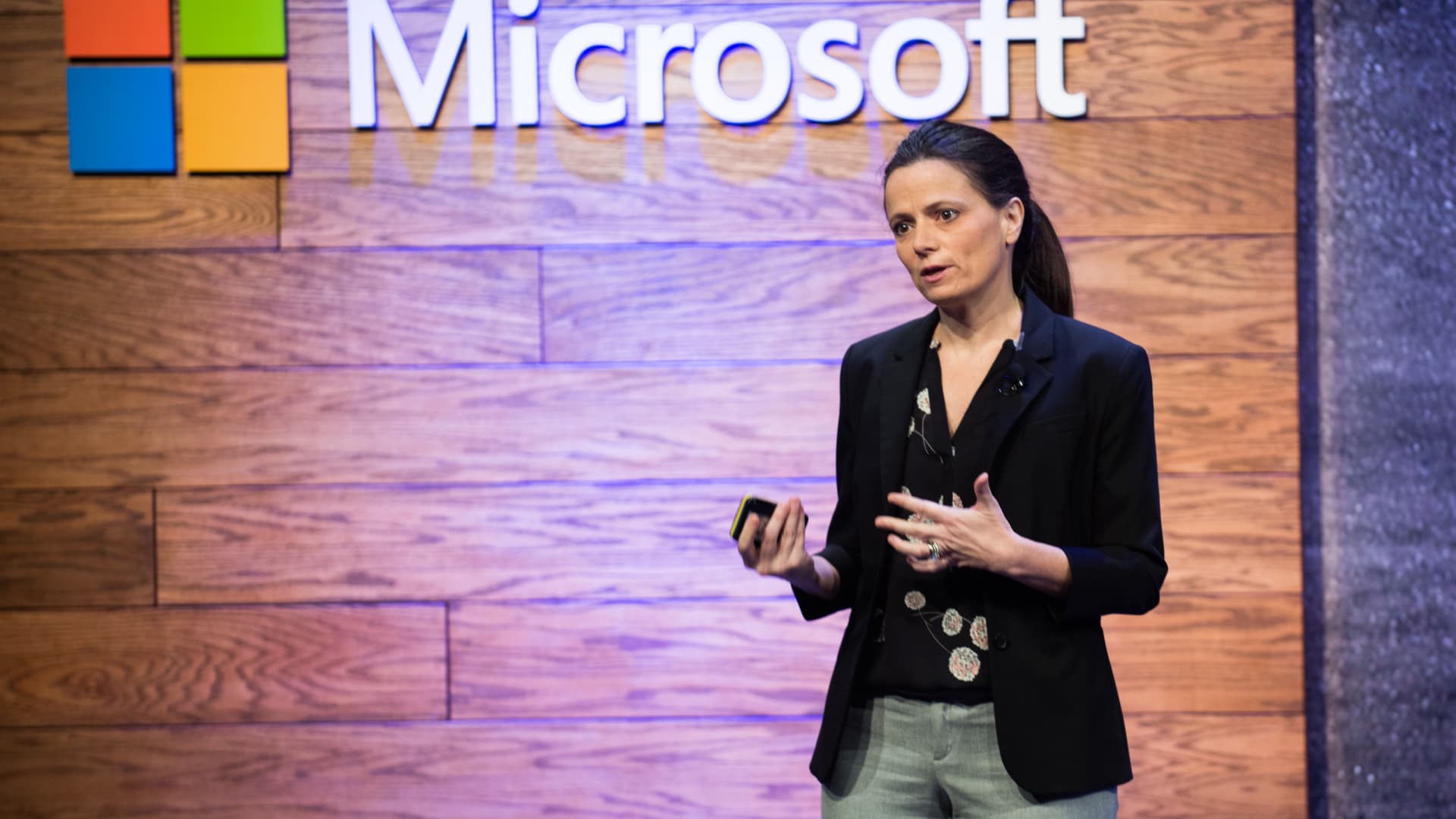What is malware?
Kurt “CyberGuy” Knutsson discusses how to protect yourself from malware and ransomware.
When it’s time to upgrade to a new computer, the excitement can be overshadowed by the concern of transferring existing data without bringing along any unwanted viruses or malware. Philip from Troy, Michigan, shares this concern and asks for the best way to ensure a clean transition.
“When buying a new computer, what is the best way to prevent transferring any viruses or malware from the old computer to the new computer?”
Transferring data from an old computer to a new one can be daunting, especially when you want to ensure a clean and secure transition. Fortunately, there are several effective methods to safeguard your data and prevent the spread of malicious software during the upgrade process.
GET SECURITY ALERTS, EXPERT TIPS – SIGN UP FOR KURT’S NEWSLETTER – THE CYBERGUY REPORT HERE

A woman who appears stressed looking at her laptop screen (Kurt “CyberGuy” Knutsson)
6 ways to safeguard data during a computer upgrade
1) Scan your files
Before transferring any data from your old computer to the new one, it’s crucial to perform a thorough scan of your files using a reputable antivirus program. This step is essential to identify and remove any potential viruses, malware, or other malicious software that may be present on your old system. Antivirus programs are designed to detect and eliminate various types of threats, including viruses, worms, trojans, spyware and adware.
By running a full system scan, you can ensure that your files are thoroughly checked for any known threats and that any detected malware can be quarantined or removed. It’s important to keep your antivirus software up to date, as new threats are constantly emerging, and outdated definitions may not be able to detect the latest malware variants. Most antivirus programs offer automatic updates to ensure that you have the latest virus definitions and protection features.

A man working on his laptop (Kurt “CyberGuy” Knutsson)
MAC AND MACBOOK HIT WITH ‘CUCKOO’ MALWARE STEALING SENSITIVE INFORMATION
2) Back up and scan again
After performing the initial scan and removing any detected threats, it’s recommended to create a backup of your important files and data on an external storage device, such as an external hard drive or a USB flash drive. This backup serves as a precautionary measure in case any issues arise during the transfer process or if additional threats are discovered later. Once you have created a backup, it’s advisable to perform another scan on the backed-up files.
This redundancy ensures that any potential threats that may have been missed during the initial scan are detected and removed before transferring the data to your new computer. By scanning your files twice, you significantly reduce the risk of inadvertently transferring any viruses or malware to your new system, providing an additional layer of protection for your data.

A woman on her laptop (Kurt “CyberGuy” Knutsson)
BEWARE OF ENCRYPTED PDFs AS LATEST TRICK TO DELIVER MALWARE TO YOU
3) Use Windows Backup or Time Machine
If you’re a Windows user, you can take advantage of the built-in Windows Backup feature to create a comprehensive backup of your files, folders, settings, and preferences. This backup can be stored on an external hard drive or a network location, making it easier to restore your data and settings on the new computer.
For Mac users, the Time Machine feature serves a similar purpose. Time Machine automatically creates backups of your files, applications, and system settings, allowing you to restore your data to a previous state or transfer it to a new Mac. Using these built-in backup solutions can simplify the process of transferring your data and settings to a new computer while also providing an additional layer of protection against potential data loss or corruption.

A woman working on her laptop (Kurt “CyberGuy” Knutsson)
HOW HACKERS ARE EXPLOITING WINDOWS SMARTSCREEN VULNERABILITY TO SPREAD MALWARE
4) Avoid booting the infected system
If you suspect that your old computer may be infected with malware, it’s crucial to avoid booting from the old system’s operating system during the transfer process. Booting from an infected system can potentially spread the malware to any connected devices or storage media, including your new computer. Instead, consider using a clean, bootable USB thumb drive or a live operating system environment, such as a Linux live CD or USB, to access and transfer your data.
These bootable media are designed to run independently from your computer’s hard drive, providing a safe and isolated environment for data transfer. By avoiding booting from the potentially infected system, you can significantly reduce the risk of transferring any malware or viruses to your new computer during the data migration process.

A woman working on her laptop (Kurt “CyberGuy” Knutsson)
5) Protect sensitive data with encryption
While encryption alone does not prevent malware transfer, it can add an extra layer of security for your sensitive information during the data migration process. Consider encrypting files containing confidential or personal data, such as financial documents, personal records, or business-critical information.
- Windows Users: You can enable BitLocker Drive Encryption or use third-party encryption tools. BitLocker is accessible under Settings > About in Windows.
- Mac Users: Utilize FileVault, Apple’s built-in encryption feature for macOS.
Encryption converts your data into a coded format that can only be accessed with a specific key or password, making it unreadable to unauthorized parties. This measure helps protect your sensitive information from potential data breaches or unauthorized access, even if your files are accidentally transferred with any malware.
However, it’s important to note that encryption alone does not prevent malware from being transferred along with the encrypted files. Malware can infect encrypted files, and when those files are decrypted on the new computer, the malware can spread. Therefore, encryption should be used in conjunction with other security measures, such as thorough scanning, cleaning and safe file transfer methods, to minimize the risk of malware transfer during the computer upgrade process.

A woman on her laptop (Kurt “CyberGuy” Knutsson)
BEST DESKTOP COMPUTERS FOR 2024
6) Update your antivirus software
Keeping your antivirus software up-to-date is crucial for maintaining effective protection against the latest threats. Antivirus companies regularly release updates that include new virus definitions, improved scanning engines, and enhanced security features to combat emerging malware and cyberthreats.
Before transferring your data to the new computer, ensure that your antivirus software is fully updated on both the old and new systems. This step ensures that you have the most recent protection against known threats, reducing the risk of transferring any undetected malware during the migration process.
Additionally, it’s recommended to schedule regular updates and scans on your new computer to maintain ongoing protection against potential threats. Many antivirus programs offer automatic updates and scanning features, making it easier to keep your system secure without manual intervention. Get my picks for the best 2024 antivirus protection winners for your Windows, Mac, Android & iOS devices.
By following these steps, you can significantly reduce the risk of transferring viruses or malware from your old computer to your new system, ensuring a smooth and secure transition for your data and files.

A woman working on her laptop (Kurt “CyberGuy” Knutsson)
KURT’S BEST FATHER’S DAY GIFT GUIDE 2024
Kurt’s key takeaways
Transferring data to a new computer doesn’t have to be a risky endeavor. By following these steps, you can significantly reduce the chances of carrying over any viruses or malware. It’s important to remember that while no method is entirely foolproof, diligence and the use of reliable antivirus software can provide substantial protection. If at any point the process seems overwhelming, don’t hesitate to seek assistance from a professional. With these precautions in place, you can enjoy your new computer with peace of mind, knowing that your data is as secure as possible.
Have you ever dealt with data loss or corruption during a computer transition? What lessons did you learn from that experience? Let us know by writing us at Cyberguy.com/Contact.
For more of my tech tips and security alerts, subscribe to my free CyberGuy Report Newsletter by heading to Cyberguy.com/Newsletter.
Ask Kurt a question or let us know what stories you’d like us to cover.
Follow Kurt on his social channels:
Answers to the most asked CyberGuy questions:
Copyright 2024 CyberGuy.com. All rights reserved.







